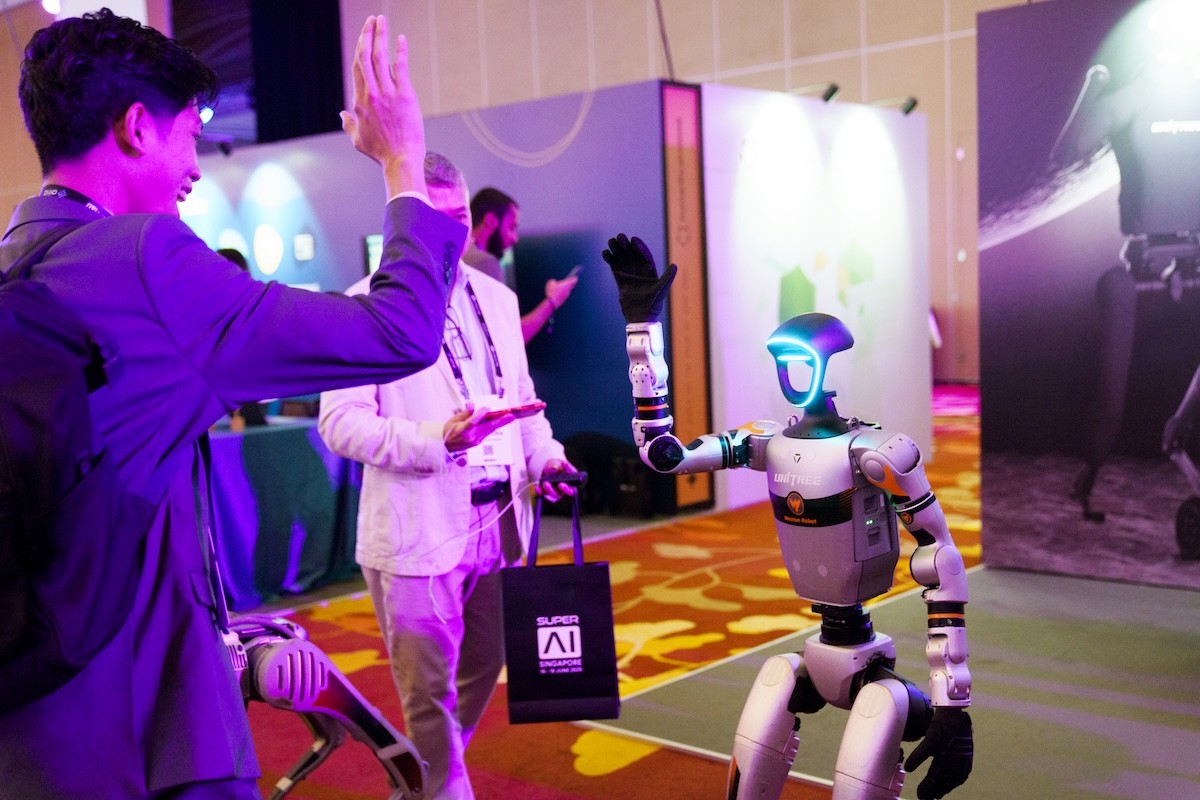See also: Why financial institutions will continue to prioritise AI in 2025
See also: Navigating the workforce shift for a GenAI-powered future
Agreeing with him, Kyndryl’s Emmanuel adds that a robust AI strategy will help leaders identify business objectives for utilising generative AI across the organisation and build a roadmap for AI implementation. “With clear metrics to measure the impact and ROI from these initiatives, leaders can move quicker from ideation to prototyping and implementation.” Ensuring AI’s accuracy and reliability AI hallucinations (wherein AI models produce incorrect or misleading results) and model degradation (where models become less accurate over time) are among the top concerns surrounding GenAI. To prevent such instances, Manulife has established responsible AI principles. “[Those principles] cover fairness, accountability and transparency and are cascaded across the entire organisation. We also have a very strong technical framework to help us ensure that the innovations we create (by ourselves or with vendor solutions) are of the required quality to manage the risk. Furthermore, we monitor the performance of our AI and machine learning models and have a model retraining strategy and timelines,” states Czajkowski.We’ve approached this from a global perspective. Identifying common use cases or opportunities important to multiple segments and markets across Manulife’s business makes it easier to scale GenAI. We don’t have to rebuild from scratch every time. So, we focus on building the core concept or use case once and replicating it quickly in other locations globally. This has also helped us optimise the cost [of scaling up GenAI initiatives].Mark Czajkowski, chief analytics officer for Asia and chief marketing officer for Singapore, Manulife
- Maintaining high-quality, diverse training data to mitigate risks of model collapse and hallucinations. This includes regularly refreshing datasets with verified information and strictly filtering out AI-generated content from training data, thereby representing real-world scenarios on which the AI model is trained.
- Taking a hybrid approach and not relying exclusively on GenAI. Instead, a rule-based system for robust critical decision-making combined with human oversight and approval for sensitive and high-stakes processes is the best approach.
- Prioritising the development and implementation of explainable AI techniques and creating clear audit trails for AI-generated outputs is vital for insurers. This process provides transparent explanations of AI processes used by internal stakeholders, customers, and regulators.
- Establishing strong governance frameworks with clear guidelines for ethical AI use. As part of this governance framework, companies need to ensure compliance as AI regulations evolve.
- Participating and collaborating in industry/vertical-focused research and development on AI reliability for insurance, with a focus on creating best practices to advance AI safety techniques.
Recognising that, Manulife offers user training to help its employees become more proficient in AI and be ready for future work requirements. There is also leadership training to help leaders understand their role in identifying AI and deploying use cases, learn responsible AI principles, reimagine future roles and more. “This year is Manulife’s foundational year in proving that GenAI use cases can come to life and be ‘productionised’. What’s next for us is looking at ways to rapidly scale those use cases across all our markets, triaging the many GenAI prototype ideas coming from different parts of our business, and continuing to equip our workforce at all levels with skills for future roles,” says Czajkowski.We’re already seeing several opportunities for their impact on insurers, and as the models become more sophisticated, so will the solutions the industry can offer to its customers. [Beyond technology, insurers should also] ensure they have AI talent and the right enablement for existing staff on AI technologies and use cases. This will help create an AI-centric growth culture among employees and empower them to lean on the technology for support.Deepraj Emmanuel, director, head of strategic engagements for Asean, Kyndryl












_0.jpg)